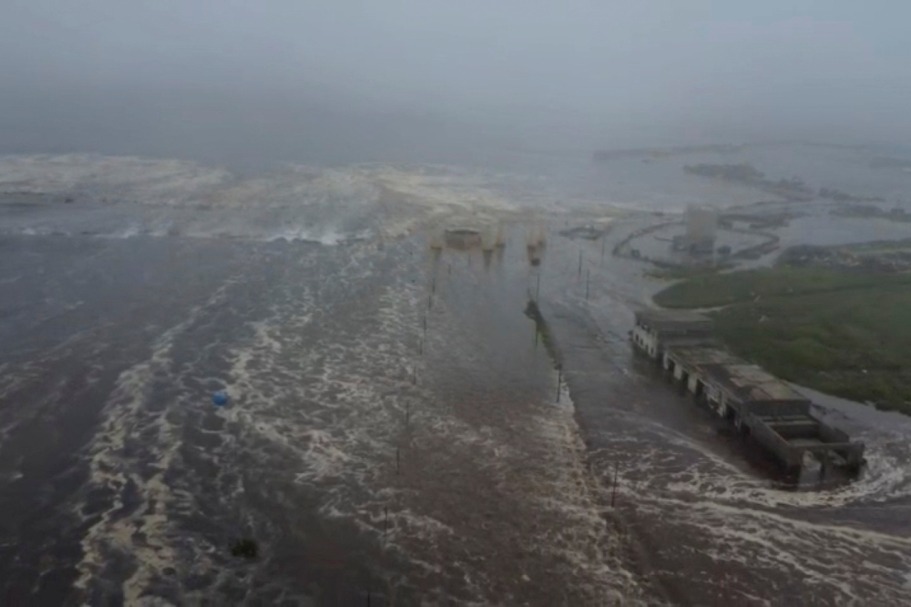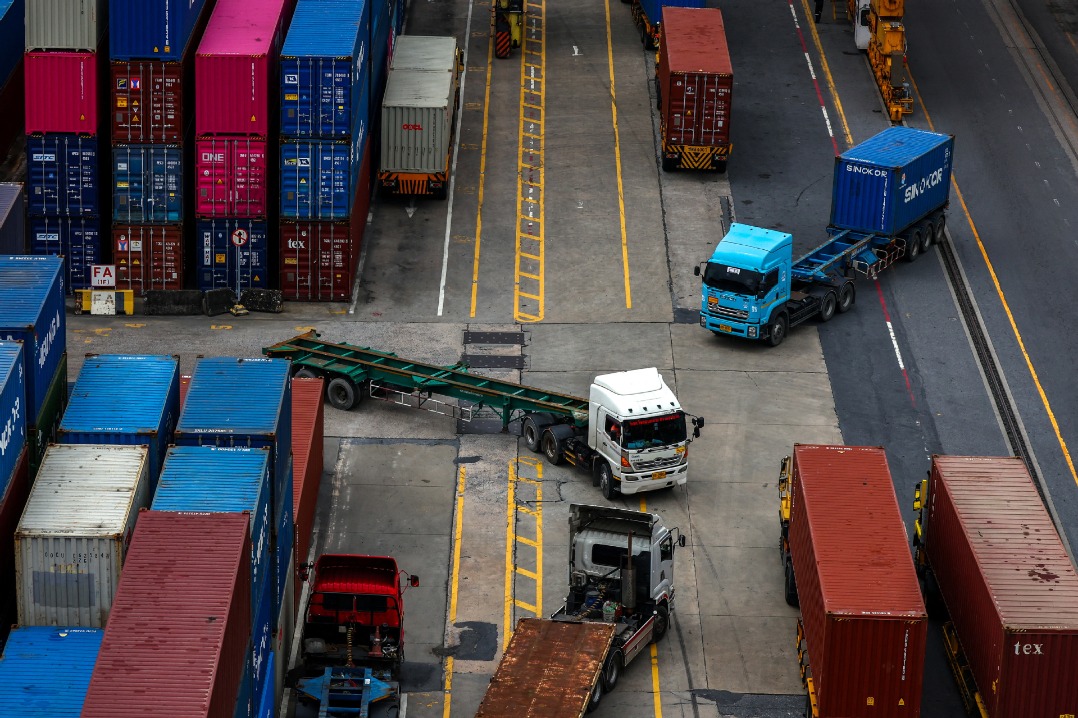Transboundary haze risk rises to medium level in Indonesia, Malaysia and Singapore

Growing concerns over rising deforestation, volatile commodity markets and uncertain policy transitions mean that the risk of transboundary haze has risen to Amber — or medium risk — in the region, said analysts at think tank Singapore Institute of International Affairs (SIIA).
But even if transboundary haze occurs, they will not be as severe or as prolonged as major episodes in 1997-98 and 2015, given relatively favorable weather conditions, the think-tank said.
Sumatra reported 1,137 hotspots in July 25, with Indonesia's Riau province the worst hit by forest and peatland fire, as the region enters the peak of this year's dry season. Air quality has fallen in some parts of Malaysia, with Miri, a city in Sarawak, registering an Air Pollutant Index reading at 131.
SIIA assesses severe transboundary haze risk on a traffic light system — Green (low risk), Amber (medium risk) and Red (high risk) — as it looks into the potential severity of haze events based on weather, market and policy indicators.
The SIIA's Amber rating comes as the prices of commodities like palm oil, pulp and paper have risen, leading to a slight uptick in deforestation in Indonesia from 2023 to 2024 and increasing the risk of severe transboundary haze.
Slash-and-burn deforestation techniques can cause forest fires, which worsen haze in the region, and while this year's dry season is expected to be relatively mild or average, caution should be applied, said SIIA Chairman Associate Professor Simon Tay.
"There is a change in circumstances, and there should be concern," Prof Tay said. "It has become clear that regional fire and haze risks are rising — not just from weather, but from global economic and policy changes."
Agricultural commodity prices affect consumer behavior and company behavior, with pressure to increase productivity occurring when prices rise, said Prof Tay. "The situation of energy prices may stir companies to produce more."
The supply of palm oil has kept pace with international demand, with prices elevated since the COVID-19 pandemic, driving an uptick in deforestation. With prices remaining high, land use changes have increased globally, said Khor Yu-leng, SIIA's Associate Director for Sustainability. "While overall deforestation is still far below 2015 levels, the longer-term risk is whether rising global demand and new policy directions will drive expansion in ways that undermine environmental safeguards".
Issues to watch
The SIIA said that the dry season in the latter half of 2025 will be around the long-term average for past seasons or milder and shorter than usual — making the weather "relatively benign".
Still, in the longer term, El Nino climate events, combined with the Indian Ocean Dipole, may lead to long and dry seasons from 2027 to 2030, increasing fire risk for the region, the think tank said.
With demand for Indonesian and Malaysian palm oil from the US relatively inelastic, US tariffs is unlikely to affect commodity markets, though the situation may change, the report said. Indonesia reached a trade deal with the US last week, with the US dropping tariffs on Indonesian products to 19 percent from 32 percent. Indonesia is the world's leading exporter of palm oil, and its palm oil trade with the US accounts for only 7 percent of its total exports.
"American imports of palm oil is not expected to change," said Aaron Choo, SIIA's Senior Assistant Director for Special Projects and Sustainability.
Indonesia, which is facing pressures in meeting food security, energy security and export requirements, may see unsustainable land conversion as productivity pressures mount, leading to more smoke haze.
Prabowo Subianto, Indonesia's president, increased the percentage of vegetable oil in its biodiesel blend to 40 percent, and is aiming to achieve a 50 percent blend within Prabowo's term; it is also aiming for a bioethanol blend for gasoline as early as 2026, with a 5 percent blend using feedstock from the country's sugar industry.
These policies may create domestic demand pressure that could drive plantation expansion. "There is every need in the world to increase agriculture productivity and output, to meet food security and energy needs, but the aim must be to expand and make this yield more productive, sustainably and clearly, to avoid fire consequences," said Prof Tay.
Indonesia, Malaysia and Singapore have not seen severe transboundary haze events since 2019, though less intense haze episodes occurred in 2023 and more recently in July 2025.
The writer is a freelance journalist for China Daily.

































